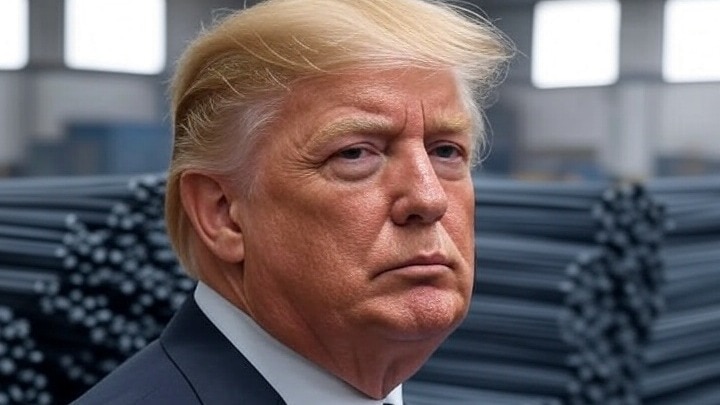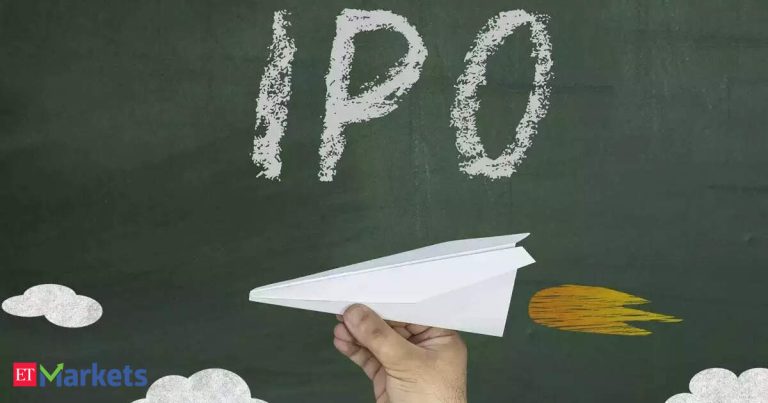President Donald Trump has fired a fresh shot in the global trade war, doubling U.S. tariffs on steel and aluminium imports to 50% starting June 4. The decision, made under national security grounds, is expected to ripple across global supply chains and directly target Indian metal exports.
“This is a direct hit,” said Ajay Srivastava, founder of the Global Trade Research Initiative (GTRI). “Indian steel and aluminium products are now staring at sharply higher U.S. duties that will erode margins and squeeze competitiveness.”
Trump’s tariff strategy, Srivastava noted, relies on three U.S. legal tools: “Section 301 of the U.S. Trade Act of 1974 allows the U.S. to impose tariffs against unfair trade practices, most notably targeting China.
Section 232 of the Trade Expansion Act of 1962 focuses on national security risks and has been used to impose tariffs on steel, aluminium, and automotive imports. The International Emergency Economic Powers Act (IEEPA) gives the president emergency powers to impose tariffs broadly, which Trump used to launch the so-called ‘Liberation Day’ tariffs: a 10% blanket tariff plus sharply higher country-specific tariffs (such as 26% on India and up to 245% on China) across imports from 57 countries.”
However, Srivastava pointed to a legal turning point: “On May 28, 2025, the U.S. Court of International Trade ruled that the IEEPA-based ‘Liberation Day’ tariffs were illegal, stating that trade deficits do not meet the ‘unusual and extraordinary threat’ standard required under IEEPA. Importantly, the ruling did not outlaw Section 232 tariffs, allowing Trump to escalate steel and aluminium tariffs without immediate risk of court intervention.”
The economic consequences are already visible. “U.S. steel prices are already high, at around $984 per metric tonne — far above European prices at $690 and Chinese prices at $392. The doubling of tariffs is expected to push U.S. prices to about $1,180, squeezing U.S. domestic industries such as automotive, construction, and manufacturing that depend on steel and aluminium as key inputs. These sectors may face hundreds of dollars in additional material costs per tonne, driving up prices, reducing competitiveness, and risking job losses or inflationary pressures.”
On India’s exposure, Srivastava said: “In FY2025, India exported $4.56 billion worth of iron, steel, and aluminium products to the U.S., with key categories including $587.5 million in iron and steel, $3.1 billion in articles of iron or steel, and $860 million in aluminium and related articles. These exports are now exposed to sharply higher U.S. tariffs, threatening the profitability of Indian producers and exporters.”
India has already taken a formal step. “India has already issued a formal notice at the World Trade Organization (WTO) signaling its intention to impose retaliatory tariffs on U.S. goods in response to the earlier steel tariffs. With Trump now doubling the tariffs, it remains to be seen whether India will carry out the retaliation, by increasing tariffs on certain U.S. exports within a month.”
He also cautioned against ignoring the environmental stakes: “Steel and aluminium production are among the world’s most carbon-intensive industries, accounting for a major share of global CO₂ emissions. Trump’s decision to further protect these sectors — without attaching any green conditions or climate considerations — underscores that the U.S. administration is prioritizing economic nationalism over environmental responsibility. While other major economies are investing in green steel and aluminium technologies, the U.S. move raises concerns about its commitment to global climate goals and the future of sustainable industry.”







